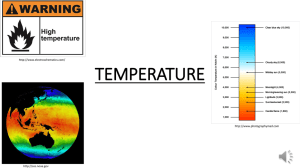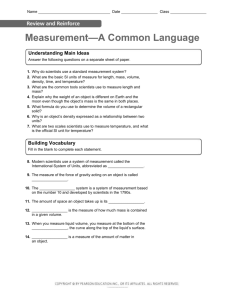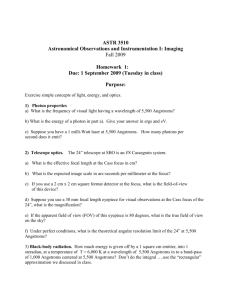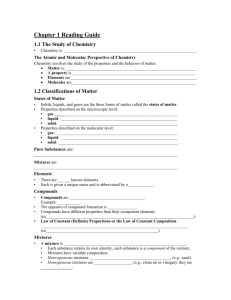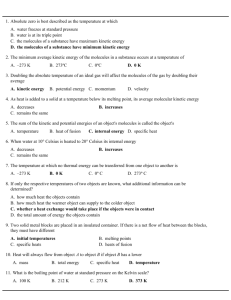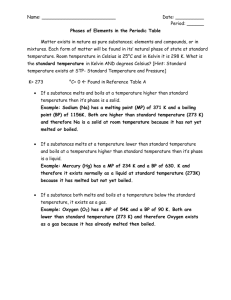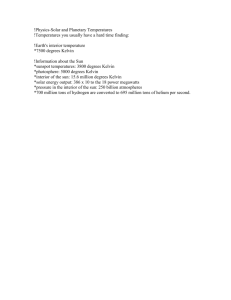Basic Units of Measurement 1 Distance 2 Mass 3 Time
advertisement
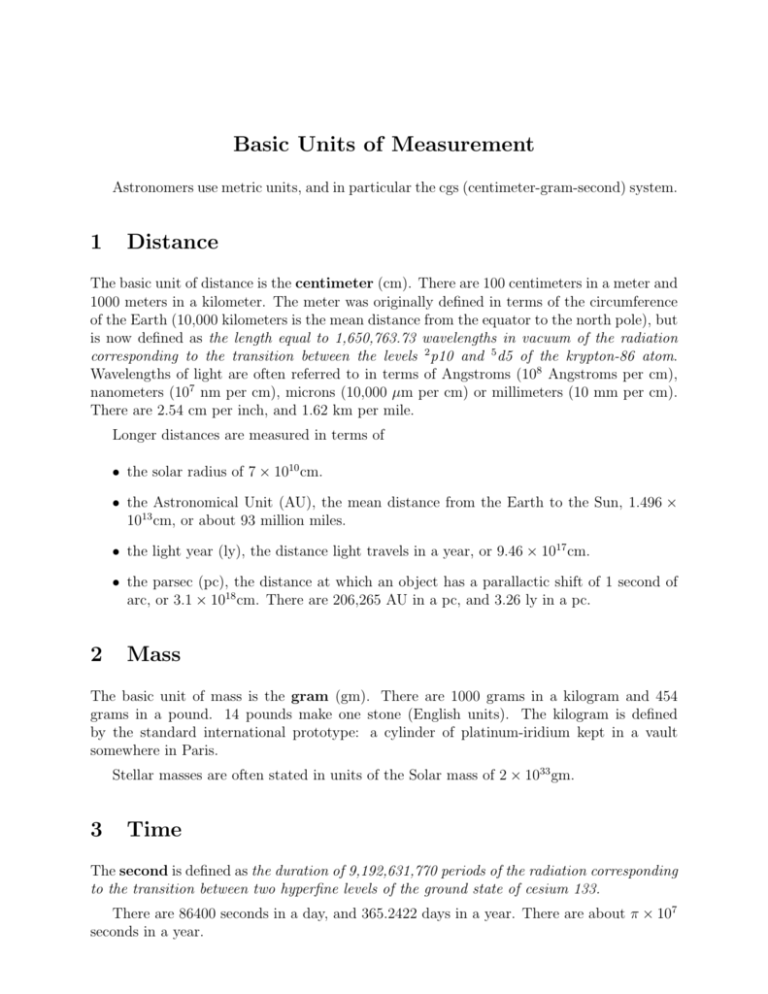
Basic Units of Measurement Astronomers use metric units, and in particular the cgs (centimeter-gram-second) system. 1 Distance The basic unit of distance is the centimeter (cm). There are 100 centimeters in a meter and 1000 meters in a kilometer. The meter was originally defined in terms of the circumference of the Earth (10,000 kilometers is the mean distance from the equator to the north pole), but is now defined as the length equal to 1,650,763.73 wavelengths in vacuum of the radiation corresponding to the transition between the levels 2 p10 and 5 d5 of the krypton-86 atom. Wavelengths of light are often referred to in terms of Angstroms (108 Angstroms per cm), nanometers (107 nm per cm), microns (10,000 µm per cm) or millimeters (10 mm per cm). There are 2.54 cm per inch, and 1.62 km per mile. Longer distances are measured in terms of • the solar radius of 7 × 1010 cm. • the Astronomical Unit (AU), the mean distance from the Earth to the Sun, 1.496 × 1013 cm, or about 93 million miles. • the light year (ly), the distance light travels in a year, or 9.46 × 1017 cm. • the parsec (pc), the distance at which an object has a parallactic shift of 1 second of arc, or 3.1 × 1018 cm. There are 206,265 AU in a pc, and 3.26 ly in a pc. 2 Mass The basic unit of mass is the gram (gm). There are 1000 grams in a kilogram and 454 grams in a pound. 14 pounds make one stone (English units). The kilogram is defined by the standard international prototype: a cylinder of platinum-iridium kept in a vault somewhere in Paris. Stellar masses are often stated in units of the Solar mass of 2 × 1033 gm. 3 Time The second is defined as the duration of 9,192,631,770 periods of the radiation corresponding to the transition between two hyperfine levels of the ground state of cesium 133. There are 86400 seconds in a day, and 365.2422 days in a year. There are about π × 107 seconds in a year. 4 Temperature There are 3 different temperature scales in common use. In the US and Britain, we use the Farenheit scale. Water freezes at 32F and boils at 212F (at sea level). In most of the world, the Celsius, or Centigrade, scale is used. Water freezes at 0C, and boils at 100C. (F-32) × 5/9 = C. Most scientists use the Kelvin scale. K=C-273.15 K=0 is absolute zero, the coldest allowable temperature. At 0K (=-273C = -459F), all atomic motion ceases (except for the absolute minimum set by Heisenberg’s Uncertainty Principle), and thermal energy is zero. We will use the Kelvin scale for all temperatures discussed in this course, unless specifically noted.
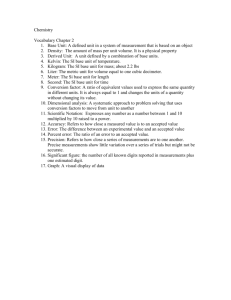
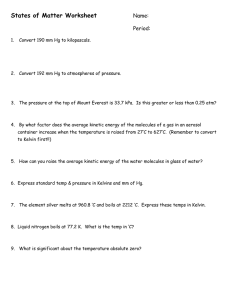
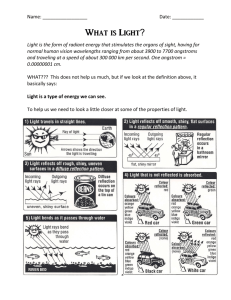
![Temperature Notes [9/22/2015]](http://s3.studylib.net/store/data/006907012_1-3fc2d93efdacd086a05519765259a482-300x300.png)
